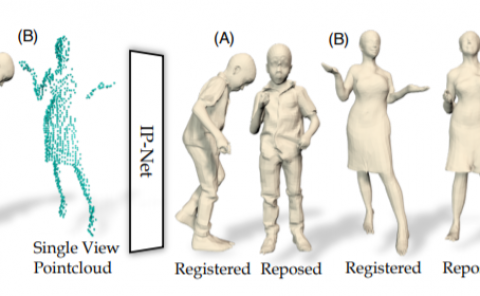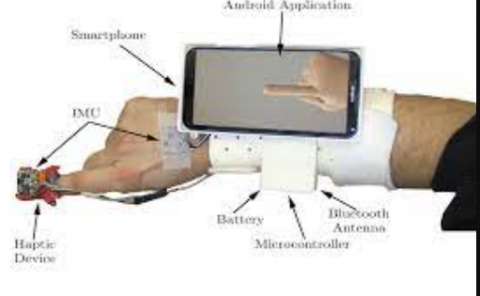The use of immersive virtual reality in the learning sciences: Digital transformations of teachers, students, and social context
PubDate: May 2008
Teams: Stanford University
Writers: Bailenson, J.N., Yee, N., Blascovich, J., Beall, A.C., Lundblad, N., & Jin, M.

Abstract
This article illustrates the utility of using virtual environments to transform social interaction via behavior and context, with the goal of improving learning in digital environments. We first describe the technology and theories behind virtual environments and then report data from 4 empirical studies. In Experiment 1, we demonstrated that teachers with augmented social perception (i.e., receiving visual warnings alerting them to students not receiving enough teacher eye gaze) were able to spread their attention more equally among students than teachers without augmented perception. In Experiments 2 and 3, we demonstrated that by breaking the rules of spatial proximity that exist in physical space, students can learn more by being in the center of the teacher’s field of view (compared to the periphery) and by being closer to the teacher (compared to farther away). In Experiment 4, we demonstrated that inserting virtual co-learners who were either model students or distracting students changed the learning abilities of experiment participants who conformed to the virtual co-learners. Results suggest that virtual environments will have a unique ability to alter the social dynamics of learning environments via transformed social interaction.



